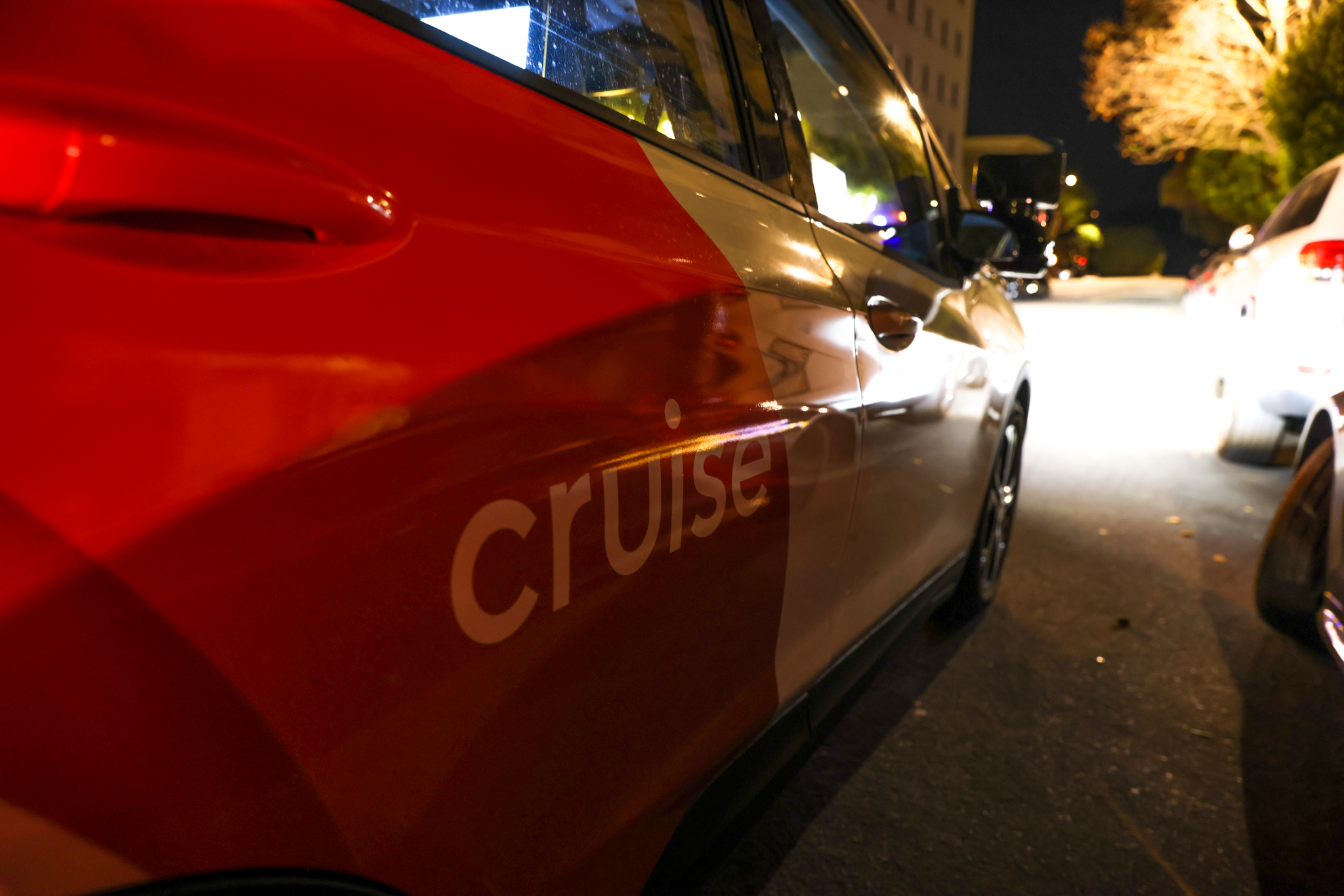In the immediate aftermath of the mass shooting in the Mission District on June 9, plenty of online anger was directed at a Cruise robotaxi for allegedly blocking the emergency response to the attack.
The facts emerged after the immediate social media furor died out. Both Cruise and the San Francisco Police Department said that the autonomous vehicle did not impede any emergency personnel or interfere with the investigation.
But as San Francisco law enforcement and traffic officials increasingly interact with the emerging technology, one issue confounding local officials is that—unlike human drivers—autonomous vehicles cannot be cited for common moving violations like reckless driving or speeding while they’re in self-driving mode.
Although an unlimited expansion of Cruise and Waymo fleets in San Francisco could happen as early as the end of the month, the legal gray area would likely require new state legislation to change.
What’s more, according to the San Francisco Municipal Transportation Agency, state law has no mechanism for these types of violations leading to penalties barring an autonomous vehicle’s use on public roads.
Led by the SFMTA, local officials have waged a concerted effort to try to slow the deployment of autonomous vehicles on city streets. Although the technology is mainly regulated at the state level, local officials have tried to appeal to state and federal regulators.
Jeffrey Tumlin, director of transportation at the SFMTA, said the city lacks the statutory authority to cite autonomous vehicles for moving violations, in part because there’s no individual to cite.
“When you're a police officer out there in the field, and there's a vehicle that has violated the vehicle code, which happens every day in San Francisco, who do you give the citation to?” Tumlin said in an interview. “There is additional work that needs to be done to clarify what happens when an autonomous vehicle breaks the law.”
A document governing San Francisco Police Department interactions with autonomous vehicles, issued last September and signed by Chief Bill Scott, contains two lines that are seemingly at odds.
The document states: “There are no exceptions for AVs from the rules of the road or any other specific provisions of the [California vehicle code].” But it also notes that “(a)t this time, no citation for a moving violation can be issued if the AV is being operated in a driverless mode.”
When asked about that discrepancy, an SFPD spokesman said: “to my knowledge, California does not have a cite section for driverless vehicles that commit moving violations.”
The spokesman said that autonomous vehicles can be cited for “fix it” violations like a broken taillight but referred other questions to state authorities.
When asked about its policies regarding citations of autonomous vehicles, the California Public Utilities Commission directed the inquiry to the state's Department of Motor Vehicles.
A department representative said that the SFMTA has the ability to cite driverless AVs using the local municipal code around traffic obstruction while adding that the DMV does not have authority over the enforcement of moving violations. The agency said that a prerequisite for a company receiving a self-driving permit is that the “vehicle is designed to detect and respond to roadway situations.”
“When there is an unreasonable risk to public safety, the DMV can immediately suspend or revoke permits,” according to a statement from the agency.
Robotaxi companies like Cruise have said that their public safety records and data-sharing with regulators go far beyond the scope of what typical human drivers are required to do. A Cruise representative also noted that the SFMTA has cited autonomous vehicles in San Francisco for other violations.
SFMTA currently has the ability to cite autonomous vehicles for parking violations, as well as violations recorded via red-light cameras, as those are tied to a vehicle instead of an individual driver.
According to records provided by SFMTA, Cruise has committed more than 40 of those violations since last June, ranging from parking in a bus zone and double-parking to obstructing traffic. Waymo has racked up more than 90 such violations over the same period. A number of these tickets are unpaid, according to SFMTA records.
Tumlin, who has strongly argued against the immediate, unlimited expansion of autonomous vehicles on safety grounds, said city officials are lobbying the Department of Motor Vehicles and the California Public Utilities Commission for new rules. But barring action from state regulators, new legislation from state lawmakers would be necessary.
In a signed declaration submitted to the state utility commission, Shawn McCormick, SFMTA’s director of parking enforcement and traffic, said he has observed Cruise and Waymo vehicles committing moving violations by illegally entering into a marked construction scene.
Other moving violations recorded and spread via social media include examples of autonomous vehicles driving into the scene of an active fire and failing to move out of the way of an emergency vehicle with its sirens on. Under current law, these vehicle code violations are unenforceable for self-driving cars.
“There have been instances where the vehicles basically freak out and stop in the middle of the street,” said Floyd Rollins, the president of San Francisco Fire Fighters Local 978. Rollins said he wasn’t aware that autonomous vehicles couldn’t be cited for common moving violations and called the fact “very troubling.”
Fire department personnel have received training on how to contact autonomous vehicle companies' central dispatch systems when there’s a situation, but Rollins contrasted that process with the realities of responding to an emergency.
“On an emergency scene, who’s going to take the time to pick up a telephone and call somebody?” Rollins said. “Nine times out of 10 when we’re dealing with something, it’s a matter of minutes.”
His fear is that without cooperation leading to a fix for this issue, it’s only a matter of time before a close call turns into something much worse.
“Someone needs to take responsibility and deal with this before something really goes wrong,” Rollins said.
Editor Julie Makinen contributed to this report.
